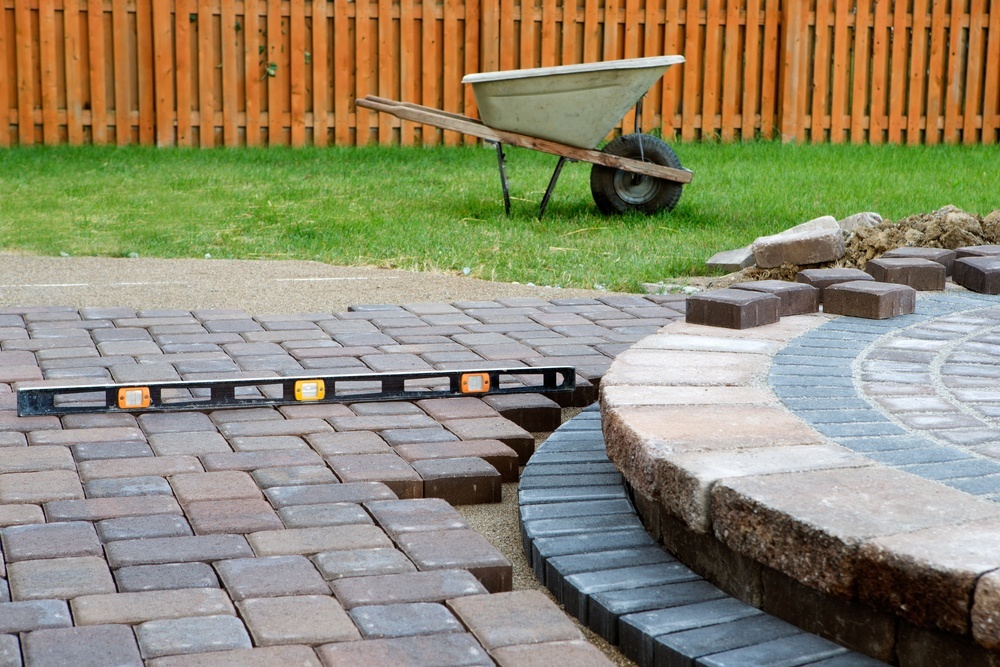 What better way to spend a nice summer day than by spending it outside on your beautiful patio? Whether you want a place to entertain friends for a summer cookout or just a quiet place to relax with a nice book and a cool drink, a patio is the perfect place to be. If your home doesn’t already have a patio, adding one to your yard is always an option.
What better way to spend a nice summer day than by spending it outside on your beautiful patio? Whether you want a place to entertain friends for a summer cookout or just a quiet place to relax with a nice book and a cool drink, a patio is the perfect place to be. If your home doesn’t already have a patio, adding one to your yard is always an option.
Patios tend to require less maintenance in the long run than decks. No matter which type of patio paver you decide to use, you’re not going to have to worry about things like wood rot or having to stain your pavers. And since patios are built into the ground and aren’t physically attached to a home the way decks are, you might not even need to get a building permit to build your patio. (Just be sure to call your city hall to make sure first. Specific ordinances can vary from city to city.) In many cases, patios can be the sort of project you can do yourself, although you can always hire a professional if you want.
The first step to planning your new patio is to measure out exactly where you want it to be. Better yet, you might even want to take some string and use it to outline where you want it to be. Remember, patios don’t necessarily have to be square or rectangular in shape; circular patios are also very popular. Once you’ve measured out how big you want it to be, calculate the square footage and start figuring out which type of patio pavers you want to use.
Patio pavers come in many different varieties. Brick and concrete pavers are very popular options. They’re durable and come in many different shapes, colors, and finishes and are pretty easy to install. Flagstone and slate are other common choices. If you’re planning a specific pattern for your pavers, you may need to cut some pavers to make them fit, which may require renting a special saw that can cut stone or masonry. Remember, you don’t necessarily have to be limited to one type of paver; many beautiful patios use more than one type of paver. You may even be able to get a good deal on pavers if you live near a stone quarry or know someone who has some stone or brick left over after building a patio of their own.
The cost of pavers aren’t the only thing you’ll need to plan for. In addition to your pavers, you’ll also need some gravel and sand to put down underneath the pavers. You may also want to put down some landscaping cloth if you want to prevent weeds from coming up and growing between your pavers. Laying down a concrete slab is another option for your base, but hiring a professional might be the best choice if you go that route. You’ll also need some sand to fill in the gaps between pavers.
Before you start digging to lay down your patio pavers, contact your utility companies to come out and mark where any underground lines are located. You definitely don’t want to run into any problems by accidentally hitting a utility line.
Another important thing to remember is that you’ll need to build your patio so that it’s sloped just enough to allow water to drain away from your house. Although your patio should be relatively level, elevation should drop just a quarter of an inch for every two feet of distance.
By keeping these tips in mind you’ll be well on your way to having a lovely patio to spend your summers on for years to come!
